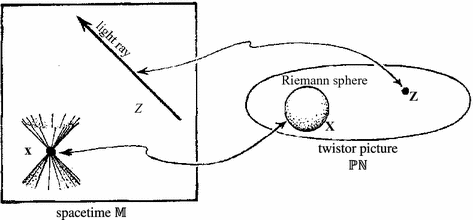The Abel prize is a new yearly prize in mathematics, intended to function somewhat like a Nobel Prize for mathematics. The first one was awarded last year to Jean-Pierre Serre and this year’s has gone to Sir Michael Atiyah and Isadore Singer, specifically for their development of the Atiyah-Singer index theorem.
Atiyah and Singer are great heroes of mine, especially Atiyah. They have both taken a great interest in the relation of mathematics and quantum field theory and are responsible for much of the fruitful exchange of ideas between the two subjects over the last 25 years. I consider much of my mathematical education to have come from a lot of time spent reading through Atiyah’s five-volume collected works. His interests have ranged over a wide swath of modern mathematics and his writing is always a model of clarity. A good case could be made that Atiyah has been the most important figure in mathematics during the second half of the twentieth century.
The Atiyah-Singer index theorem is perhaps the single most important theorem of the last half century. It links together analysis, topology, geometry and representation theory in a fundamental and surprising way, one that is dear to any physicist since it involves the Dirac operator. Very roughly, what Atiyah and Singer discovered was that the dimension of the space of solutions of certain PDEs on compact manifolds was a topological invariant, one that they could explicitly compute in terms of more well-understood topological invariants: the cohomology classes of the manifold.
They did this by noticing that the general case could be reduced to the case of the Dirac operator, twisted by the various possible vector bundles on the manifold. They actually rediscovered the Dirac operator for themselves in the course of their research. The natural abstract framework for these new topological invariants is K-theory, where classes are represented by vector bundles, much as cohomology classes are represented by differential forms.
Things get even more interesting if there is a symmetry group acting on the whole set-up. Then the space of solutions carries not just an integer, the dimension, but is a representation of the group. You can actually use the Atiyah-Singer index theorem to classify and construct geometrically the representations of many classes of Lie groups, or going the other way, use representation theory to get more powerful topological invariants. The explicit cohomological formulas you get in these cases often have versions which localize to fixed points of the group action; so you can find your answer just by locating the fixed points and looking at what happens in a neighborhood about them.
I hope Atiyah and Singer enjoy their shared $875,000!


